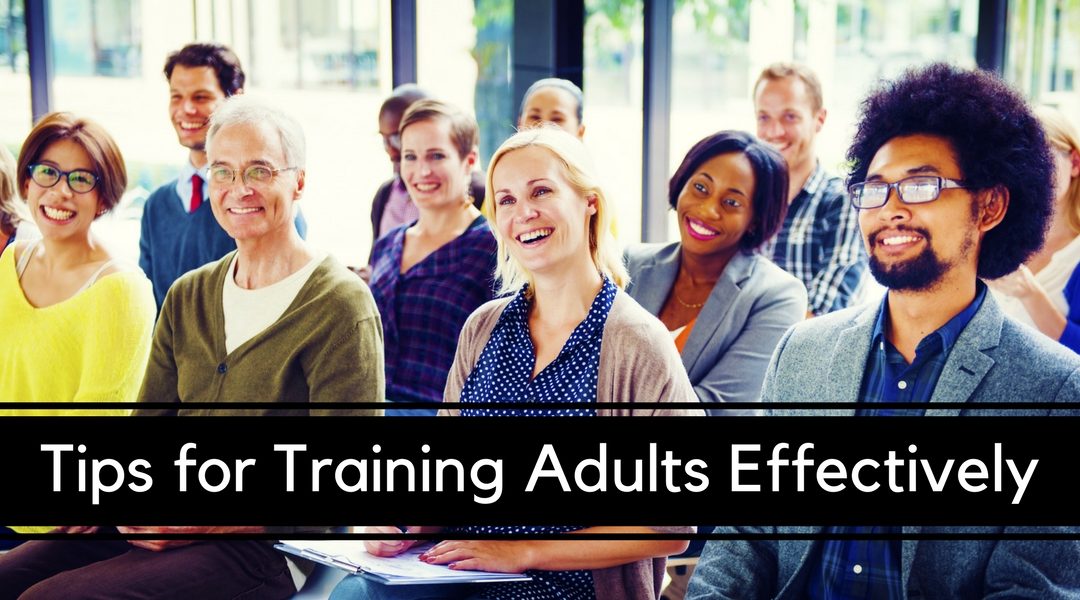The advent of continuing education requirements for Child Nutrition professionals and staff adds a new complexity to your workload. You may find yourself in the classroom more often than ever, either as a student or as a trainer. Making this obligatory training time effective and useful instead of dull and mind numbing is a challenge. Adults learn and can react differently than kids to information, especially when it’s something they think they already know. I’ve compiled a few tips to help you make training effective and something that is eagerly anticipated.
Respect their Experience
School staff may not know specifically how every nutrient contributes to the body, but they have probably heard statements like, “carrots are good for vision.” Adults have work, personal and life experiences that they bring to a learning situation. Training should fill in the holes with background and facts that reinforce the information they know already. Giving school staff more information allows their understanding to become deeper and more expert than that of the general public.
Tell me and I will (just) listen
Teaching is not just sharing new information. It is presenting opportunities to others on how to use that new information. Teaching is not handing a bar of clay to someone and telling them it is clay, it is encouraging them to work with it and helping them understand that it can become a bowl or statue. Your job is to encourage adults to think of what else is possible with the information, not merely what you tell them it is.
Make it Relevant
My son has a shirt that says, “I got through another day without the use of calculus.” Time is important to adults and nothing is more frustrating than “learning” something we will not use. Provide the “Why” for the training. Knowing why we are learning something allows us to think about how we can use the information. How we use the information is a higher level of thinking needed for adult learners. It also reinforces the learning process.
Know the Information Yourself
You do not need to be a complete expert, but it’s vitally important to have a solid understanding of information before passing it on. Adults are good at spotting imposters. If you aren’t so solid in your subject matter that you can answer a whole ‘Jeopardy Category’ of questions, consider bringing in someone who can be seen as more expert. Every concept may not have to be taught by one person. Adding multiple faces and viewpoints to your presentation creates variety and interest. Breaking topics into smaller bits while still directing the focus makes it easier to bring in more teachers or speakers who won’t have to know everything but who can still be knowledgeable on their portion.
Pack a Punch
Adults are always thinking of their “to do” lists. They have work, family, household and personal lives to juggle. Other things can take their focus off the main topic. Try to keep training concise and interactive so as to get the most out of their time. Thirty minutes of full engagement is better than one hour of lecture.
Learn Actively
Learning styles vary. Some adults listen best, some take notes and some must actually move around. With all these styles, learning is enhanced and reinforced with active engagement. Active learning involves using the new information to do meaningful activities. If we see, hear and do, we are likely to retain 90% of what we have learned. Develop games, activities or easily remembered phrases that use the concepts you’ve presented.

